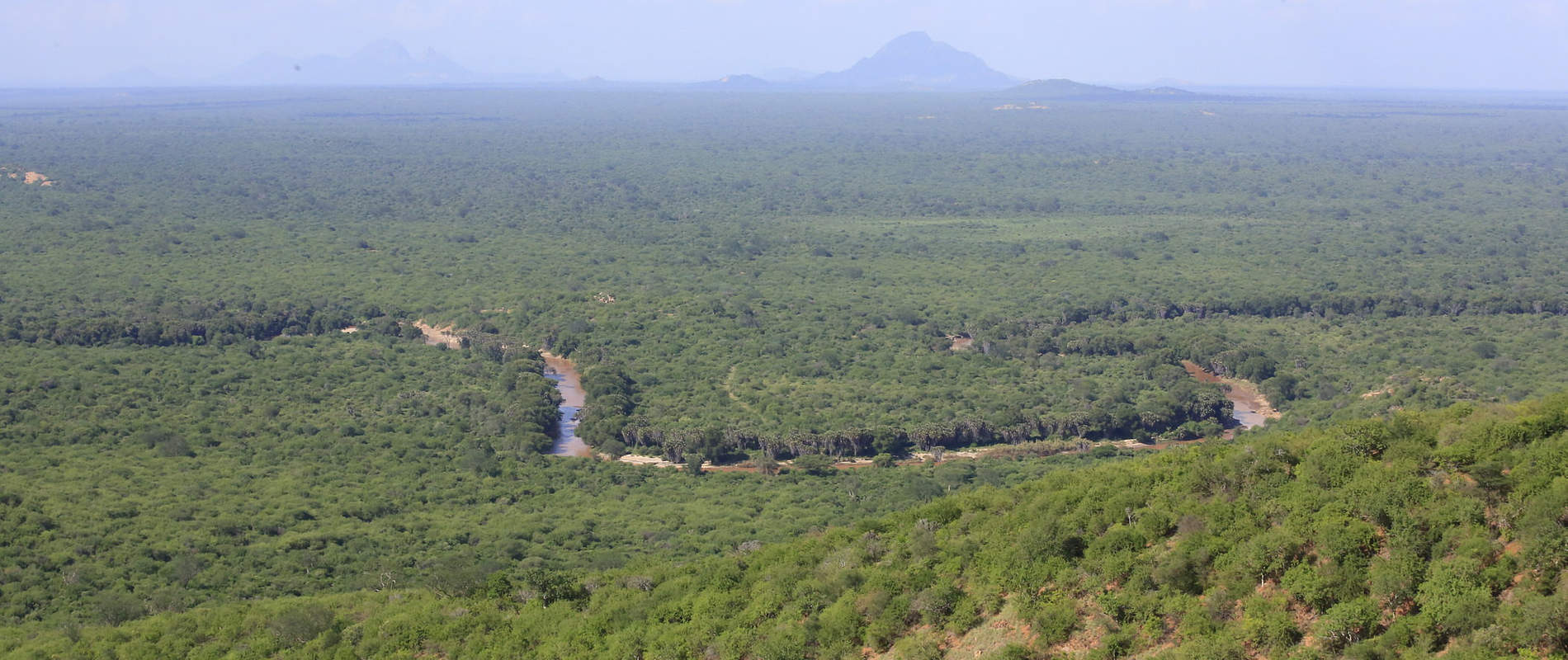The Aerial Unit maintained regular patrols throughout December flying over 100 hours and 16,000kms, as constant patrolling is a significant deterrent to poachers
The Aerial Unit maintained regular patrols throughout December flying over 100 hours and 16,000kms, as constant patrolling is a significant deterrent to poachers. Sightings of illegal activities was minimal during the month, with one shooting blind spotted, but numerous herds of cattle inside Tsavo East NP were discovered despite the rains outside the park, which has been of great concern.
The good rains throughout the Tsavo Conservation Area in December eased the pressure on the environment as people concentrated on their harvests and life became easier for the communities. However, the hard-core elephant poachers were still active, using the thick bush as cover and the reduced mobility of vehicles as security to hunt in remote places. The bush-meat poachers, charcoalers, cattle herders and loggers all tend to reduce their activity inside the parks during these wet periods as they concentrate on planting crops on their farms.
Due to the growth of fresh crops across the region human-wildlife conflict escalates and the elephants get an appetite for maize and other sweet crops, venturing into community areas from the Parks to try their luck on farms and small holdings. These are challenging times to try to mitigate this conflict and the DSWT air wing and teams are often relied upon to assist in these situations.
This month the David Sheldrick Wildlife Trust Air wing added to its fleet a Cessna 206. This is an exciting new addition to the aircraft fleet, which will be used to assist in vet treatments across the region as well as for the new DSWT funded Canine Unit, where it will be used to transport the dogs and their handlers in response to any poaching or wildlife incidences across the region.
You can read more from the DSWT’s Aerial Unit in their monthly report:
